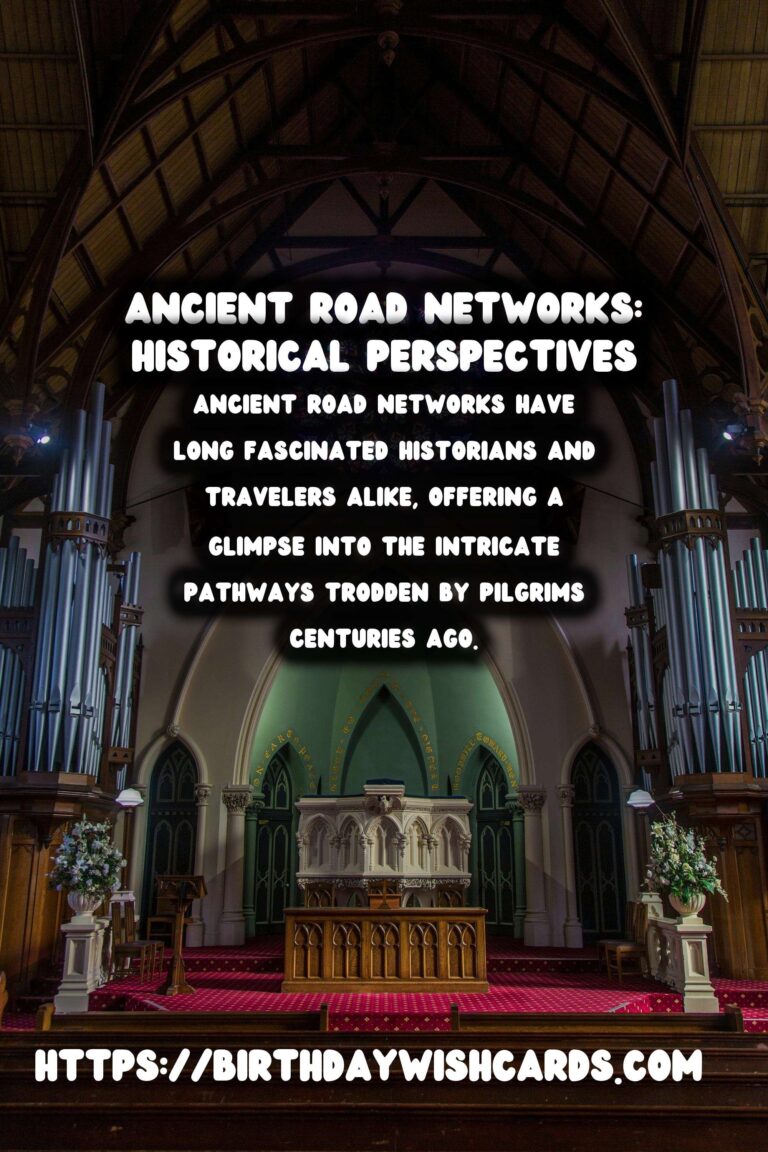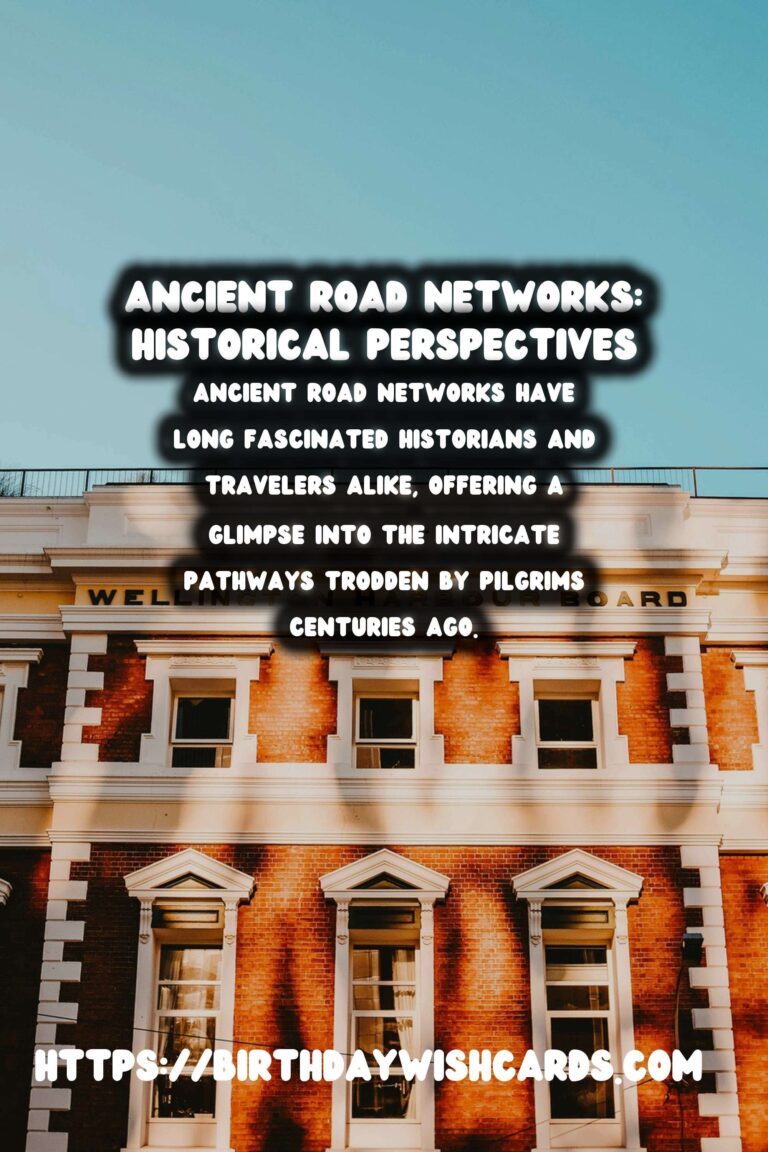
Ancient road networks have long fascinated historians and travelers alike, offering a glimpse into the intricate pathways trodden by pilgrims centuries ago. From Europe to Asia, these routes were more than mere passages — they were lifelines, facilitating cultural exchange, trade, and spiritual journeys.
The Significance of Pilgrim Routes
Throughout history, pilgrim routes have been crucial in connecting different regions. These pathways were sought by those seeking spiritual fulfillment, political alliances, and trade opportunities. As these roads became conduits of cultural exchange, they also left an indelible mark on the landscapes they traversed.
The legendary Camino de Santiago in Spain stands out as one of the most iconic pilgrimages. With its roots in the early medieval era, this route attracted millions of pilgrims over the centuries to the shrine of the apostle Saint James. Its mesmerizing beauty and historical significance earned it the status of a UNESCO World Heritage site in 1993.
Ancient Roads as Vessels of Culture
The Roman roads crisscrossing Europe are a testament to ancient strategic planning. Unlike many modern roads, these were engineered for efficiency, often outlasting contemporary roadworks. The Via Appia, constructed in 312 BC, remains a lasting embodiment of Rome’s influence and connectivity across its empire.
In the East, the Silk Road paved the way for unprecedented cultural and commercial exchanges between continents. Originating in China and extending to the Mediterranean, it enabled the exchange of goods such as silk, spices, and ideas. The Silk Road’s vibrant cultural tapestry attracted traders, monks, and adventurers alike, fostering a blend of traditions that impacted societies worldwide.
The Modern Resurgence of Ancient Routes
In recent years, these ancient routes have experienced a renaissance of sorts. Modern travelers seek the same sense of discovery once relished by their medieval counterparts, albeit with added comfort and technological assistance. Digital mapping and storytelling have redefined these paths, making them accessible to a global audience keen on exploring their historical allure.
The reimagining of the old routes as modern tourist attractions has led to their preservation and renewed interest in their history. Pilgrimages now often merge spirituality with a cultural tourism experience, drawing people from all walks of life.
Traveling the Pilgrims’ Path Today
Walking these ancient paths today offers more than just stunning vistas — it provides a window into the past, offering insights into how civilizations advanced through connectivity. These routes still resonate with the stories of diverse souls who embarked on journeys with hope and faith in their hearts.
The Camino de Santiago, for instance, invites modern pilgrims to traverse through quaint villages and verdant landscapes, interspersed with medieval castles and churches. Travelers often recount it as a transformative journey that rejuvenates the spirit.
Conservation Efforts and Future Prospects
Conserving these roads is vital for cultural preservation and community development. Local governments and international organizations are undertaking projects to maintain these relics of the past. The continued interest from global travelers adds an economic incentive for the region, ensuring their upkeep.
Future prospects for these routes are promising, with increased awareness and promotion boosting their cultural significance. Pilgrim routes, therefore, are more than historical pathways; they are living threads connecting past, present, and future.
Embrace the allure of these ancient road networks. Whether you’re looking for a spiritual journey or an adventurous trek through time, these historical pilgrim routes offer a profound sense of wonder and exploration.
Ancient road networks have long fascinated historians and travelers alike, offering a glimpse into the intricate pathways trodden by pilgrims centuries ago. The legendary Camino de Santiago in Spain stands out as one of the most iconic pilgrimages.
#AncientRoads #PilgrimRoutes

